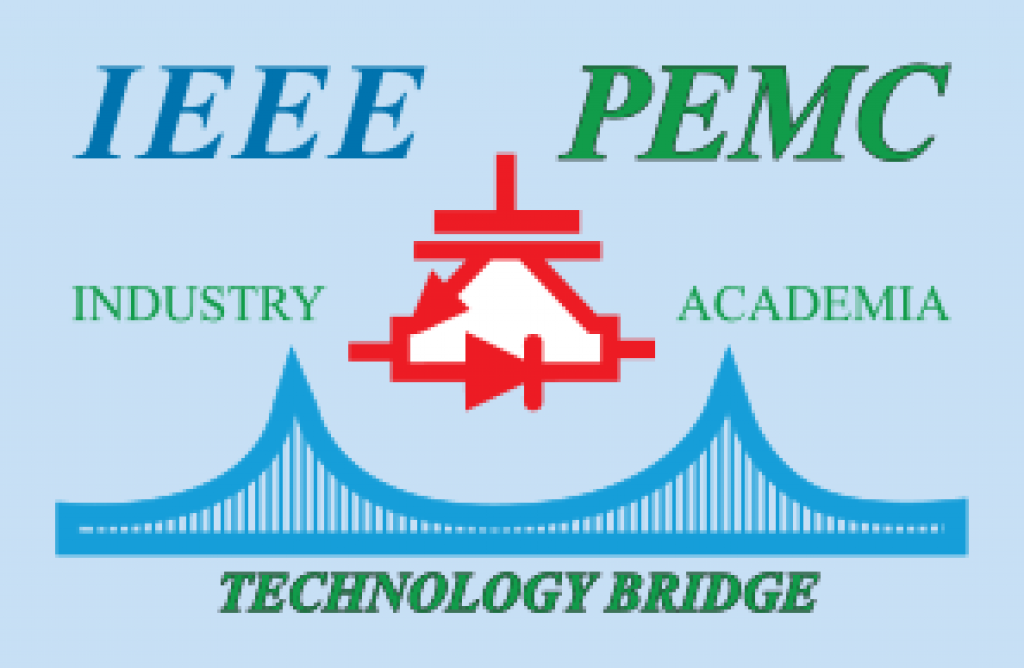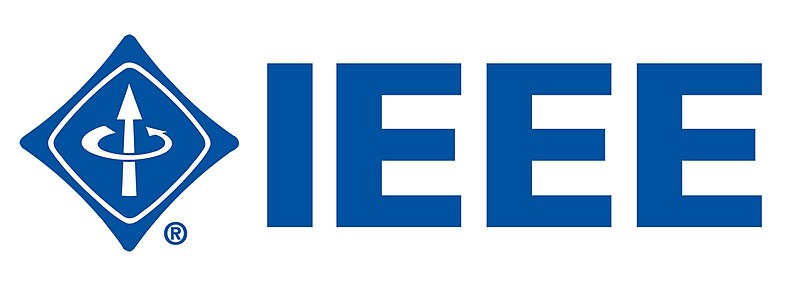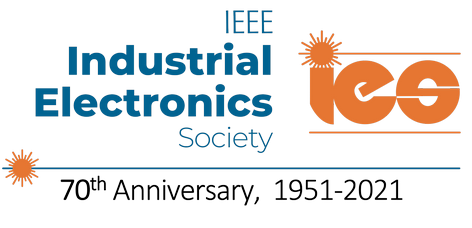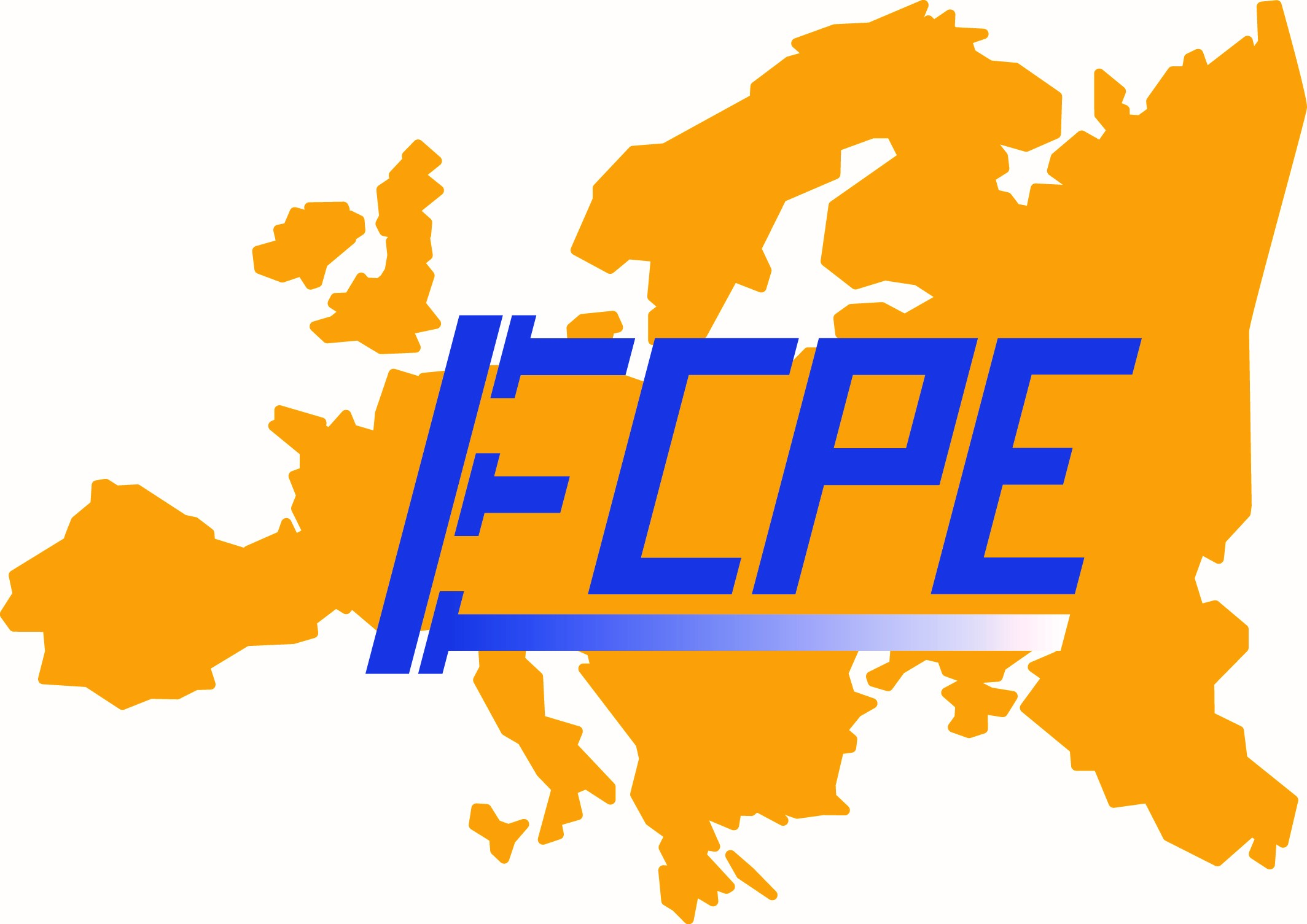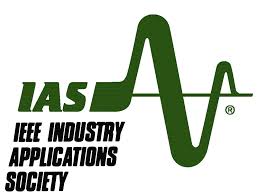Tutorials
Following tutorials are planned to be organized during IEEE-PEMC2020 on April 25th, 2021. The list is as for today and can be extended by new topics in following days and completed before the registration starts.
Johann W. Kolar, Jonas Huber (ETH Zurich, Switzerland)
Title: Next Generation Three-Phase Variable Speed Drive SiC/GaN PWM Inverter Concepts - part 1
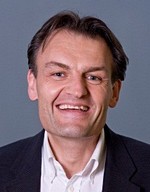 Johann W. Kolar is a Full Professor and the Head of the Power Electronic Systems Laboratory at ETH Zurich. He has proposed numerous novel converter concepts, has spearheaded the development of x-million rpm motors, and has pioneered fully automated multi-objective power electronics design procedures. He has graduated 75+ Ph.D. students, has published 900+ journal and conference papers and 4 book chapters, and has filed 200+ patents. He has received 35+ IEEE Transactions and Conference Prize Paper Awards, the IEEE William E. Newell Power Electronics Award, and two ETH Zurich Golden Owl Awards for excellence in teaching. He is a Fellow of the IEEE and was elected to the U.S. National Academy of Engineering as an international member in 2021. The focus of his current research is on ultra-compact/efficient WBG converter systems, ANN-based design procedures, Solid-State Transformers, ultra-high speed drives, and bearingless motors.
Johann W. Kolar is a Full Professor and the Head of the Power Electronic Systems Laboratory at ETH Zurich. He has proposed numerous novel converter concepts, has spearheaded the development of x-million rpm motors, and has pioneered fully automated multi-objective power electronics design procedures. He has graduated 75+ Ph.D. students, has published 900+ journal and conference papers and 4 book chapters, and has filed 200+ patents. He has received 35+ IEEE Transactions and Conference Prize Paper Awards, the IEEE William E. Newell Power Electronics Award, and two ETH Zurich Golden Owl Awards for excellence in teaching. He is a Fellow of the IEEE and was elected to the U.S. National Academy of Engineering as an international member in 2021. The focus of his current research is on ultra-compact/efficient WBG converter systems, ANN-based design procedures, Solid-State Transformers, ultra-high speed drives, and bearingless motors.
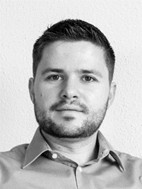 Jonas Huber (S'11–M'16) received the M.Sc. (with distinction) degree and the Ph.D. degree from the Swiss Federal Institute of Technology (ETH) Zurich, Switzerland, in 2012 and 2016, respectively. Since 2012, he has been with the Power Electronic Systems Laboratory, ETH Zurich and became a Post-Doctoral Fellow, focusing his research interests on the field of solid-state transformers, specifically on the analysis, optimization, and design of high-power multi-cell converter systems, reliability considerations, control strategies, and applicability aspects. In 2017, he joined ABB Switzerland Ltd. as a Power Electronics Development Engineer working on high-power DC-DC converter systems for traction applications. He then returned to the Power Electronic Systems Laboratory, ETH Zurich, as a Senior Researcher in 2020. He has published 13 papers at international conferences and 8 papers in international peer-reviewed journals, as well as 1 book chapter. He has co-presented 4 educational seminars at IEEE conferences.
Jonas Huber (S'11–M'16) received the M.Sc. (with distinction) degree and the Ph.D. degree from the Swiss Federal Institute of Technology (ETH) Zurich, Switzerland, in 2012 and 2016, respectively. Since 2012, he has been with the Power Electronic Systems Laboratory, ETH Zurich and became a Post-Doctoral Fellow, focusing his research interests on the field of solid-state transformers, specifically on the analysis, optimization, and design of high-power multi-cell converter systems, reliability considerations, control strategies, and applicability aspects. In 2017, he joined ABB Switzerland Ltd. as a Power Electronics Development Engineer working on high-power DC-DC converter systems for traction applications. He then returned to the Power Electronic Systems Laboratory, ETH Zurich, as a Senior Researcher in 2020. He has published 13 papers at international conferences and 8 papers in international peer-reviewed journals, as well as 1 book chapter. He has co-presented 4 educational seminars at IEEE conferences.
Krzysztof Szabat, Seiichiro Katsura, Tomasz Pajchrowski (Wroclaw University of Technology, Poland)
Title: Damping of torsional vibrations in mechatronic systems
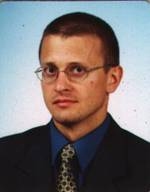 Krzysztof Szabat received the Ph.D. and D.Sc. degrees from the Electrical Engineering Faculty of Wroclaw University of Technology, Wroclaw, Poland, in 2003 and 2008, respectively. In 2016 he was awarded with the title Professor of Technical Sciences. Currently he is Head of the Department of Electrical Machines, Drives and Measurements at Wroclaw University of Science and Technology. He is the author and coauthor of over 100 journal and conference papers. His main field of interest is the application of the control theory, artificial intelligence methods, and microprocessor techniques to motion control. Prof. Szabat had scientific/didactic stays in the universities in Germany, Ireland, UK, Croatia and Russia.
Krzysztof Szabat received the Ph.D. and D.Sc. degrees from the Electrical Engineering Faculty of Wroclaw University of Technology, Wroclaw, Poland, in 2003 and 2008, respectively. In 2016 he was awarded with the title Professor of Technical Sciences. Currently he is Head of the Department of Electrical Machines, Drives and Measurements at Wroclaw University of Science and Technology. He is the author and coauthor of over 100 journal and conference papers. His main field of interest is the application of the control theory, artificial intelligence methods, and microprocessor techniques to motion control. Prof. Szabat had scientific/didactic stays in the universities in Germany, Ireland, UK, Croatia and Russia.
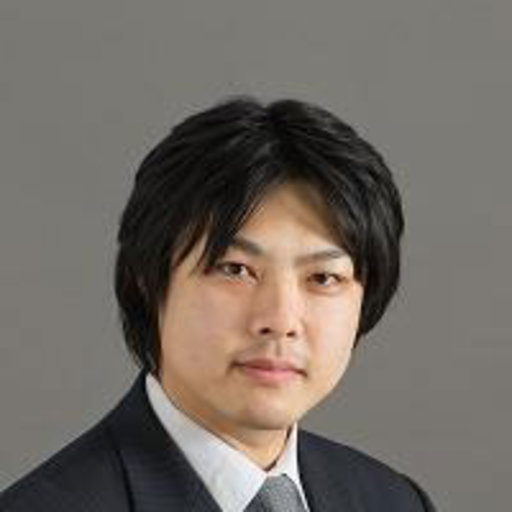 Seiichiro Katsura (S’03-M’04) received his B.E. degree in system design engineering and his M.E. and Ph.D. degrees in integrated design engineering from Keio University, Yokohama, Japan, in 2001, 2002 and 2004, respectively. From 2003 to 2005, he was a Research Fellow of the Japan Society for the Promotion of Science (JSPS). From 2005 to 2008, he worked at Nagaoka University of Technology, Nagaoka, Niigata, Japan. Since 2008, he has been at Department of System Design Engineering, Keio University, Yokohama, Japan. Currently, he is working as a Professor. In 2017, he was a Visiting Researcher with the Laboratory for Machine Tools and Production Engineering (WZL) of RWTH Aachen University, Aachen, Germany. His research interests include applied abstraction, human support, data robotics, wave system, systems energy conversion, and electromechanical integration systems. He has been active in the IEEE IES. He serves as Associate Editor of the IEEE Transactions on Industrial Electronics, Associate Editor of the IEEE Journal of Emerging and Selected Topics in Industrial Electronics, and Technical Editor of IEEE/ASME Transactions on Mechatronics. He is a Member of Technical Committees on Sensors and Actuators, and Motion Control. He is an author or a co-author of more than 152 journal papers, 420 international conference papers with review and 32 patents. He was the recipient of The Institute of Electrical Engineers of Japan (IEEJ) Distinguished Paper Awards in 2003 and 2017, The European Power Electronics and Drives-Power Electronics and Motion Control Conference, (EPE-PEMC’08), Best Paper Award in 2008, IEEE Industrial Electronics Society (IES) Best Conference Paper Award in 2012, and JSPS Prize in 2016.
Seiichiro Katsura (S’03-M’04) received his B.E. degree in system design engineering and his M.E. and Ph.D. degrees in integrated design engineering from Keio University, Yokohama, Japan, in 2001, 2002 and 2004, respectively. From 2003 to 2005, he was a Research Fellow of the Japan Society for the Promotion of Science (JSPS). From 2005 to 2008, he worked at Nagaoka University of Technology, Nagaoka, Niigata, Japan. Since 2008, he has been at Department of System Design Engineering, Keio University, Yokohama, Japan. Currently, he is working as a Professor. In 2017, he was a Visiting Researcher with the Laboratory for Machine Tools and Production Engineering (WZL) of RWTH Aachen University, Aachen, Germany. His research interests include applied abstraction, human support, data robotics, wave system, systems energy conversion, and electromechanical integration systems. He has been active in the IEEE IES. He serves as Associate Editor of the IEEE Transactions on Industrial Electronics, Associate Editor of the IEEE Journal of Emerging and Selected Topics in Industrial Electronics, and Technical Editor of IEEE/ASME Transactions on Mechatronics. He is a Member of Technical Committees on Sensors and Actuators, and Motion Control. He is an author or a co-author of more than 152 journal papers, 420 international conference papers with review and 32 patents. He was the recipient of The Institute of Electrical Engineers of Japan (IEEJ) Distinguished Paper Awards in 2003 and 2017, The European Power Electronics and Drives-Power Electronics and Motion Control Conference, (EPE-PEMC’08), Best Paper Award in 2008, IEEE Industrial Electronics Society (IES) Best Conference Paper Award in 2012, and JSPS Prize in 2016.
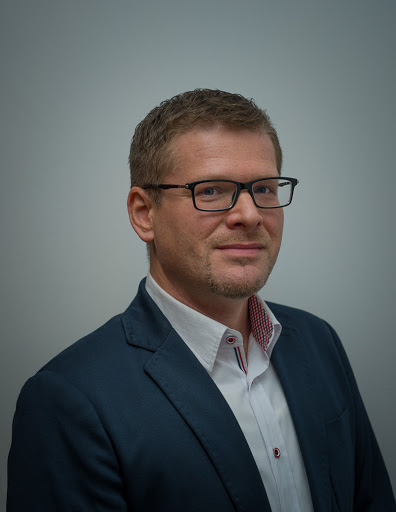 Tomasz Pajchrowski received the Ph.D. degree and the D.Sc. degree in in control of electrical drives from Poznan University of Technology (PUT), Poznań, Poland, in 2005 and 2016, respectively. He is currently an Assistant Professor with the Faculty of Control, Robotics and Electrical Engineering , PUT and deputy director of the Institute of Robotics and Machine Intelligence. He is an author and co-author of over 100 scientific papers and 1 patent. His research interests include control of synchronous permanent-magnet motors, especially control for Multi-Mass System With Variable Mechanical Parameters, where control systems, the nonlinear, adaptive, and robust control algorithms, as well as computational intelligence methods are applied. Dr. Tomasz Pajchrowski is a Member of the Polish Society of Theoretical and Applied Electrical Engineering. He was a Member of the Local Organising Committee of the 13th Power Electronics and Motion Control Conference EPE-PEMC 2008, held in Poznań.
Tomasz Pajchrowski received the Ph.D. degree and the D.Sc. degree in in control of electrical drives from Poznan University of Technology (PUT), Poznań, Poland, in 2005 and 2016, respectively. He is currently an Assistant Professor with the Faculty of Control, Robotics and Electrical Engineering , PUT and deputy director of the Institute of Robotics and Machine Intelligence. He is an author and co-author of over 100 scientific papers and 1 patent. His research interests include control of synchronous permanent-magnet motors, especially control for Multi-Mass System With Variable Mechanical Parameters, where control systems, the nonlinear, adaptive, and robust control algorithms, as well as computational intelligence methods are applied. Dr. Tomasz Pajchrowski is a Member of the Polish Society of Theoretical and Applied Electrical Engineering. He was a Member of the Local Organising Committee of the 13th Power Electronics and Motion Control Conference EPE-PEMC 2008, held in Poznań.

